Many people believe these types of bottles are the safest choice to avoid microplastics.
But new research shows that they can actually contain far more microplastic particles than both plastic bottles and cans – and the explanation lies in the cap.
50 times more microplastics than plastic bottles
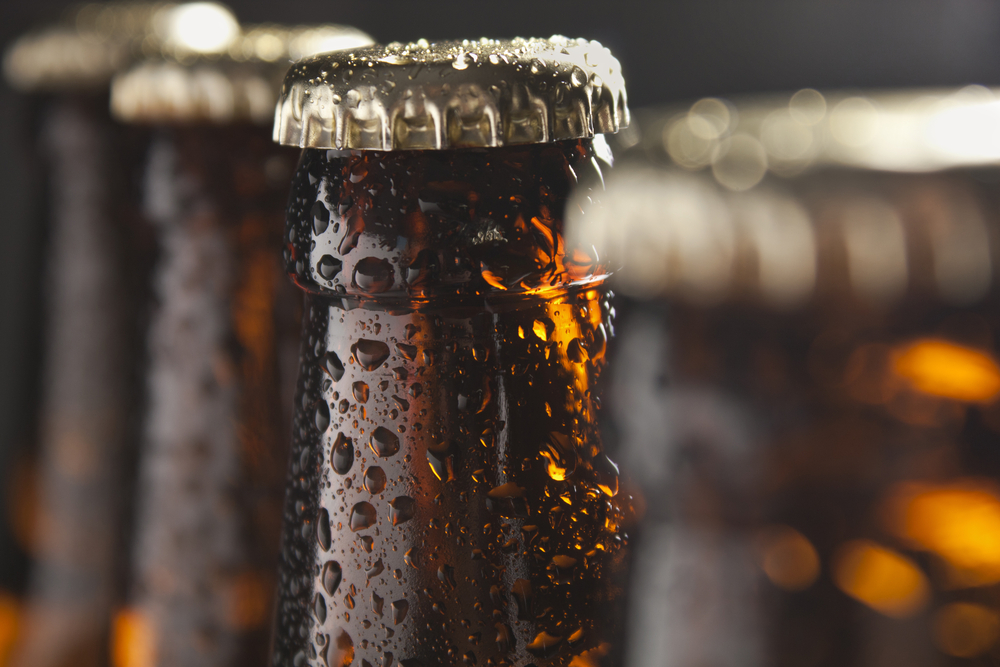
A French study found that soda, iced tea, lemonade, and beer in glass bottles had significantly higher concentrations of microplastics compared to the same drinks in plastic bottles or cans.
The least contaminated
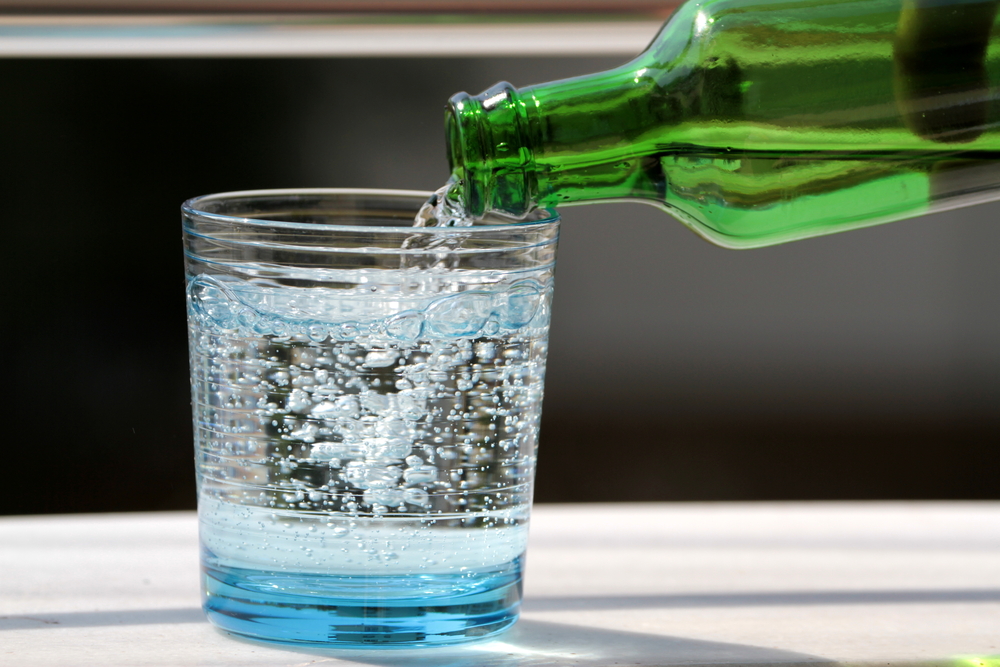
Although water in glass bottles contained slightly more microplastics than in plastic bottles, water overall was the drink with the lowest number of particles.
Also read: This Feature on Your Phone Could Improve Your Sleep
The paint on caps may be the main culprit

Many glass bottles have metal or plastic-coated caps with paint that releases polyester-based microplastic particles, especially when the caps are scratched or worn.
Microplastics from caps matched the paint
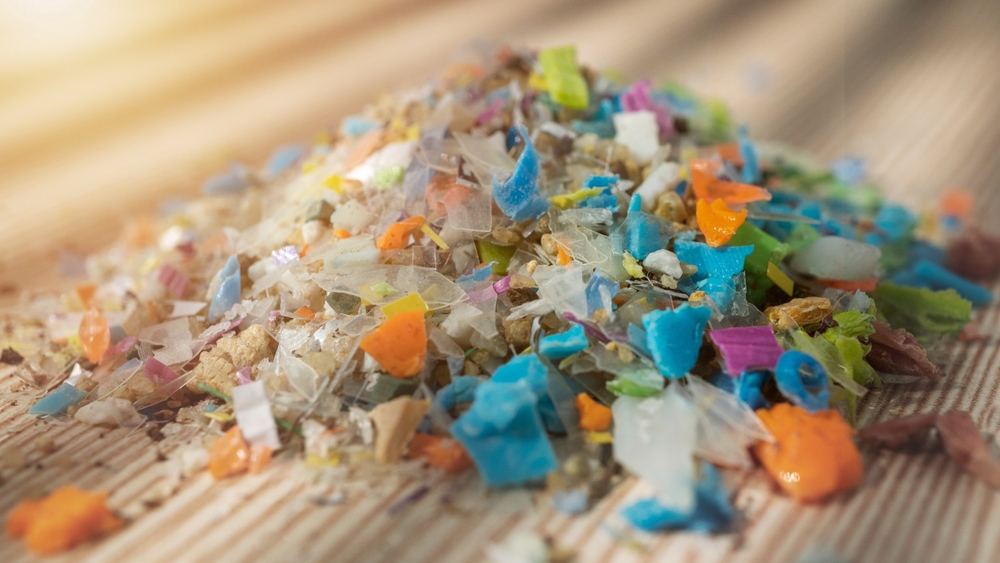
Researchers found that the microplastics’ color, shape, and chemical composition matched the paint used on the caps, strongly suggesting the source.
Cleaning the caps reduced contamination significantly
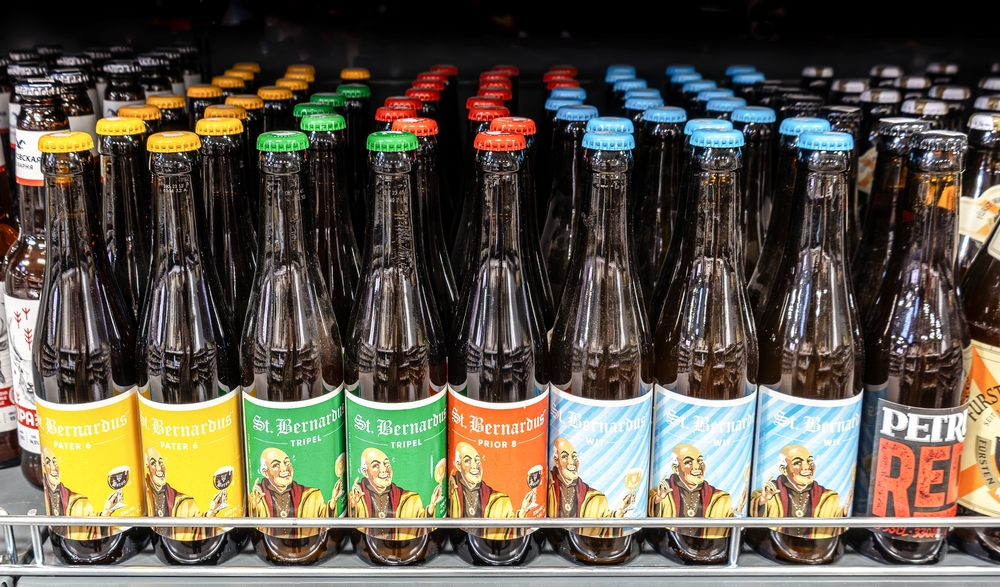
When researchers blew air onto the caps, microplastic content dropped from 287 to 106 particles per liter.
After rinsing with water and alcohol, the number fell further to 87 particles per liter.
Also read: How to Handle Menopause Hot Flashes During Summer
Wine was less affected

Although wine is usually sold in glass bottles, the use of corks instead of caps likely explains the much lower microplastic levels found in the tests.
Microplastics can also come from other sources
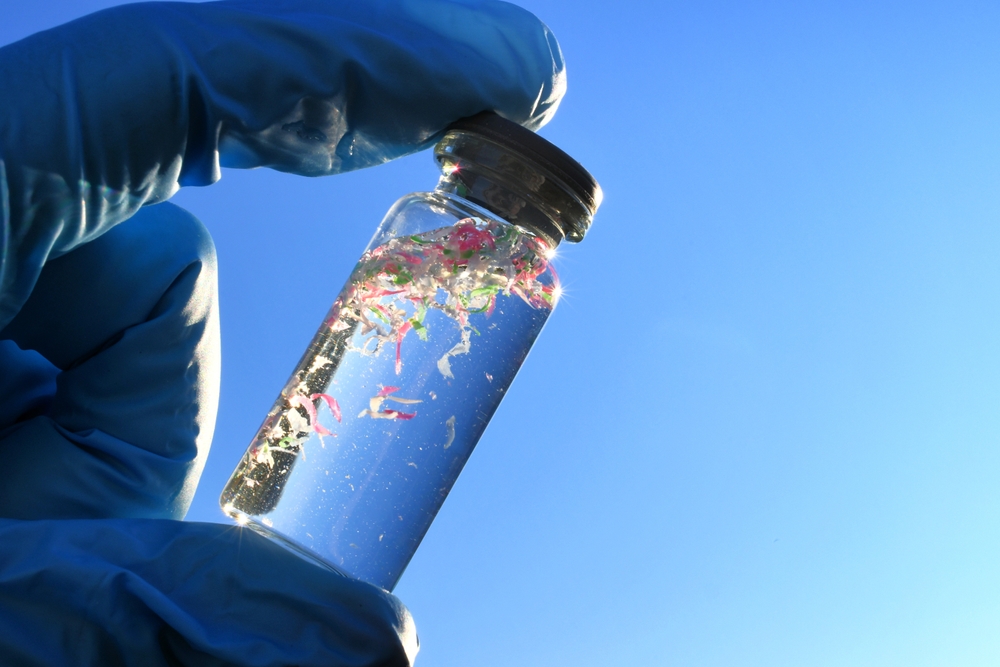
Beyond the caps, microplastics can come from airborne particles, ingredients, water, or plastic parts in manufacturing equipment.
Microplastics have been found throughout the human body
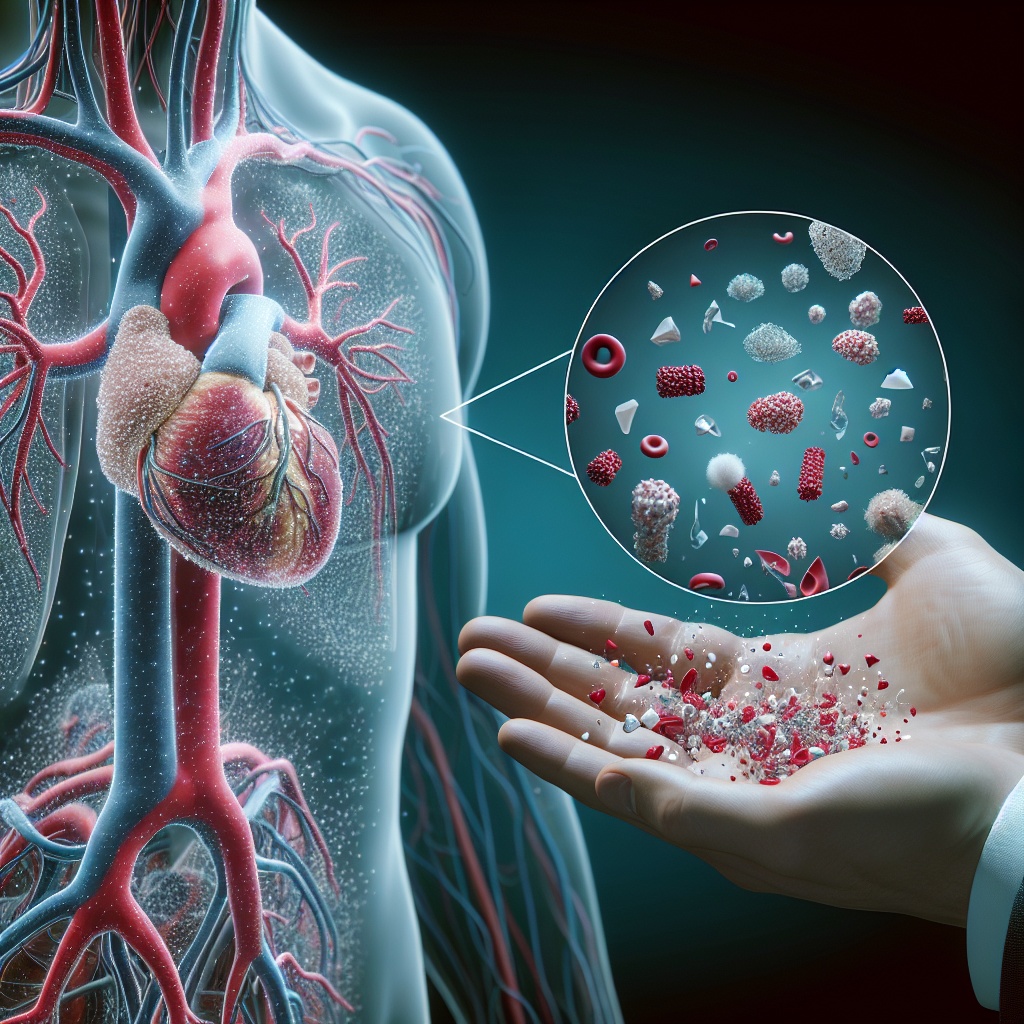
They have been detected in blood, breast milk, the digestive system, lungs, and other organs. Food and drink are considered the main entry routes into the body.
Potential health risks of microplastics

Microplastics have been linked to inflammation, oxidative stress, hormone disruption, fertility problems, and possibly cancer.
Also read: 66 Days to Success: How to Make Good Habits Stick
The impact depends on particle size, shape, and chemical composition.
No packaging is completely risk-free

Experts recommend varying your choice of packaging, using glass or steel cups at home, and reducing your intake of processed drinks to limit exposure.
This article is based on information from Health.com.
Also read: How Friendships Change in Your 20s, 30s, 40s, and Beyond
Also read: The small things adult children do without realising that break parents’ hearts
